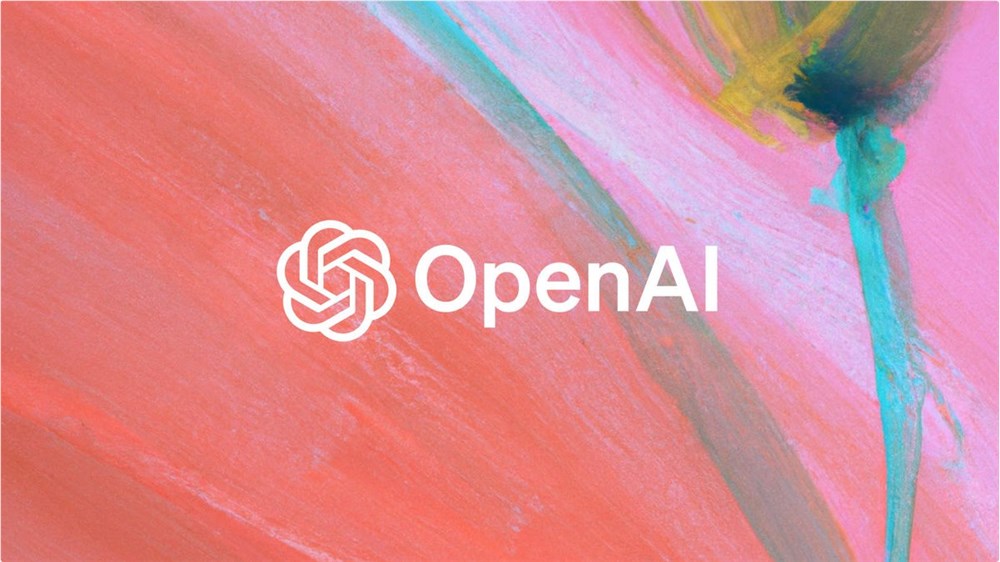In the tech world, Jony Ive's name is always closely associated with innovation and exquisite design. The former Chief Design Officer of Apple is back in the spotlight, but this time not for a new iPhone design, but for a mysterious project that could change the way we interact with AI.
Ive's design studio, LoveFrom, has recently sparked a series of heated discussions. In addition to upgrading the company logo, conducting a large-scale interview with The New York Times, and collaborating with Moncler on a co-branded jacket, the most notable is LoveFrom's partnership with OpenAI founder Sam Altman to develop an unnamed AI device. This project has attracted heavyweight investors, including Emerson Collective, indicating high expectations from the industry.

Image source note: The image was generated by AI, authorized by service provider Midjourney
The goal of this mysterious device is intriguing: to create a computing experience that is "less socially disruptive" than the iPhone. This ambitious goal reflects the tech industry's profound reflection on AI applications and the pursuit of more humanized, socially beneficial technology products.
However, the project has also sparked some skepticism. Industrial designer Yves Béhar points out that AI applications on smartphones, especially in the social media sector, may simply perpetuate the consumer exploitation business model of the past few decades. This concern highlights the ethical challenges in the application of new technologies.
LoveFrom's collaboration with OpenAI faces multiple challenges. Firstly, how to achieve breakthroughs in both functionality and form, especially given that some previous AI accessory products (such as Humane Ai Pin and Rabbit R1) have failed to meet expectations. Secondly, finding a balance between local processing power and cloud computing, which directly relates to the product's security and privacy protection.
Ive's team also faces the design dilemma of whether to add a display to the product. Reports suggest that this collaboration offers an opportunity to create a "less screen-dependent" computing method, which could herald a new mode of human-computer interaction.
Some experts believe that AI-driven devices should be more embedded in products that address specific human needs, rather than relying on personal devices. This approach could help reduce over-reliance on smartphones while providing more personalized and targeted services.
Ive's status and influence in the design world undoubtedly add weight to this project. His team is assembling a lineup of top designers comparable to Apple's. At the same time, the project's fundraising goal is also quite ambitious, aiming to raise $1 billion by the end of the year.
Many are looking forward to Ive creating the "iPhone of AI"—a device that allows ordinary people to easily access and use cutting-edge AI technology. If this vision is realized, it could revolutionize the way we interact with AI, just as the iPhone transformed mobile communication.
However, whether the advent of new technology will truly help us regain our humanity or further exacerbate our dependence on technology is a question Ive and his team are seeking to answer. Their efforts are not just about the success of a new product, but could potentially influence the direction of the entire tech industry.








